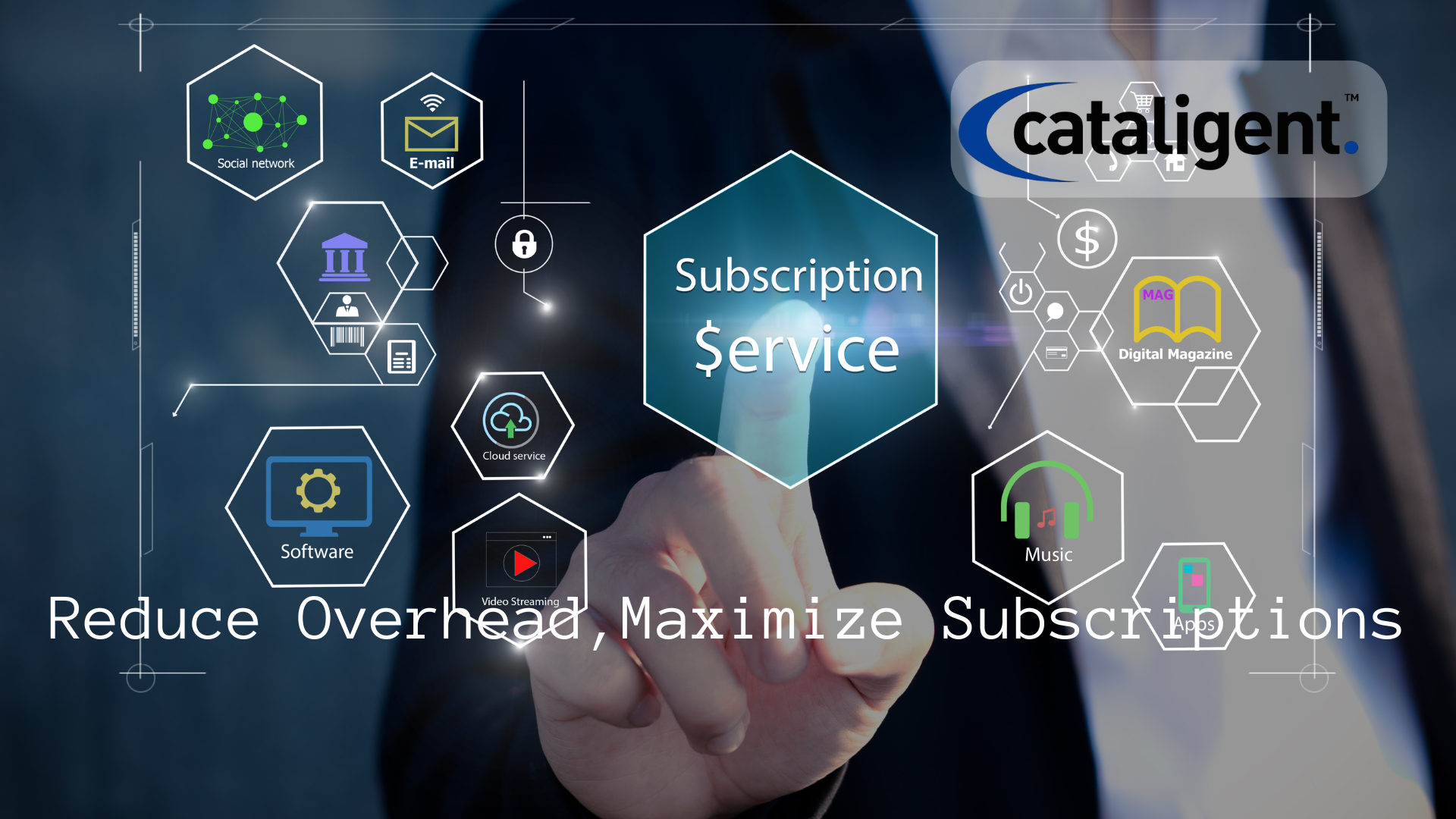Introduction
Subscription-based business models provide recurring revenue and customer retention benefits, but they also require careful cost management to maximize profitability. Implementing effective cost-saving strategies can enhance financial sustainability, reduce churn, and improve customer lifetime value while maintaining service quality.
What It Involves
Cost-saving strategies for subscription models focus on optimizing operations, reducing unnecessary expenses, and improving customer retention. Key elements include:
- Efficient Pricing Models: Ensuring pricing aligns with customer value perception.
- Automation and AI Utilization: Reducing manual processes to lower operational costs.
- Customer Retention Focus: Minimizing churn to reduce new customer acquisition costs.
Cost-Saving Impact
1. Lowers Customer Acquisition Costs
- Retaining existing customers is more cost-effective than acquiring new ones.
- Referral and loyalty programs can drive organic growth without heavy marketing expenses.
2. Reduces Operational Expenses
- Automating billing, customer support, and account management reduces labor costs.
- Optimized cloud storage and infrastructure management lower technical expenses.
3. Minimizes Revenue Loss from Churn
- Proactive engagement strategies help retain subscribers and extend customer lifetime value.
- Offering flexible subscription plans prevents cancellations due to financial concerns.
Implementation Strategies
1. Optimize Pricing Structures
Strategic pricing adjustments can balance affordability and profitability.
- Offer tiered pricing to cater to different customer segments.
- Implement annual subscription discounts to secure long-term commitments.
2. Leverage AI and Automation for Efficiency
Reducing manual workloads cuts operational expenses and improves accuracy.
- Automate subscription renewals and customer support through AI chatbots.
- Use predictive analytics to anticipate churn risks and take proactive measures.
3. Implement Smart Billing and Payment Processing
Reducing failed payments prevents revenue leakage.
- Use intelligent billing solutions to retry failed transactions automatically.
- Provide multiple payment options to accommodate customer preferences.
4. Reduce Marketing Costs Through Retention Strategies
Keeping customers engaged reduces the need for costly acquisition campaigns.
- Implement personalized engagement through data-driven marketing.
- Offer referral incentives to encourage word-of-mouth promotion.
5. Optimize Server and Cloud Infrastructure
Efficient resource management can lower hosting and data storage expenses.
- Use scalable cloud solutions to adjust capacity based on demand.
- Eliminate redundant services and optimize software licensing costs.
6. Implement Self-Service Options
Reducing dependency on customer support lowers operational costs.
- Provide a comprehensive knowledge base and AI-driven self-help tools.
- Encourage community forums where users can assist each other.
7. Streamline Supplier and Vendor Agreements
Managing third-party service costs can significantly impact profitability.
- Negotiate better terms with software providers and payment processors.
- Regularly review and consolidate SaaS subscriptions to eliminate unnecessary expenses.
Conclusion
Cost-saving strategies in subscription models focus on reducing operational inefficiencies, improving customer retention, and optimizing pricing structures. By leveraging automation, minimizing churn, and refining financial strategies, businesses can maintain profitability while delivering high-value services. A proactive approach to cost management ensures long-term sustainability and competitive advantage in the subscription economy.

